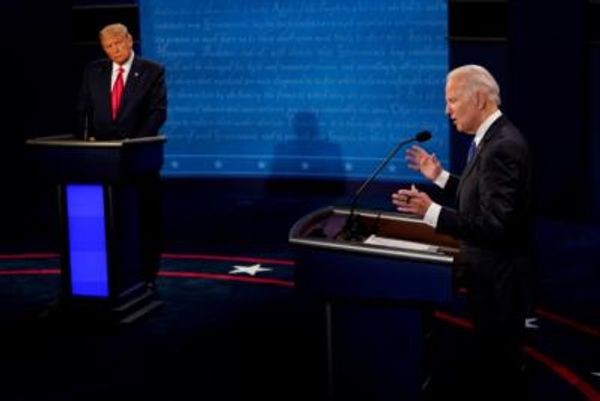India’s monthly merchandise trade deficit hit a fresh record of $25.6 billion in June as per preliminary estimates released by the Commerce and Industry Ministry on Monday. This is the third occasion in seven months and the second month in a row that the trade deficit has widened to all-time highs. In June, the value of outbound shipments grew 16.8%, marginally slower than the 20.6% growth recorded in May, to about $38 billion — reflecting the third successive month of moderation. Worryingly, four of India’s top 10 export items — engineering goods, cotton yarn, drugs and pharma and plastic products — contracted from a year ago. Petroleum exports were up 98% from June 2021, but about $0.7 billion lower than May 2022. Even as exports growth slid, imports surged by over 51% to $63.6 billion in June, crossing the $60 billion mark for the fourth month in a row. Coal imports, up almost 242% year-on-year, and petroleum inflows, up 94.2%, drove nearly three-fourths of this surge. And although gold imports, which had soared nearly eight-fold in May to touch 107 tonnes, moderated from over $6 billion that month to $2.6 billion in June, they were still 169% higher than a year ago and significantly over April’s imports of $1.7 billion. The trade deficit for Q1 adds up to a record $70.25 billion, over two times higher than a year ago.
The tangible slowdown in exports, due to weaker global demand, is unlikely to change much soon, with recessions or sharp growth slowdowns expected in several developed markets. Domestic demand for imports of oil, fertilizers, coal and even gold — a safe haven for investors amid tumultuous financial markets — is largely inelastic, and elevated global prices for these will continue to escalate the import bill through this year. The weakening rupee, which tumbled further to 79.37 vis-à-vis the U.S. dollar on Tuesday, will raise import costs further. Analysts expect the rupee to scale the 82 to a dollar mark by the October to December quarter before recovering and the current account deficit to more than double to around 3% of GDP this year from 1.2% in 2021-22. Robust forex reserves notwithstanding, the persistent outflows of foreign capital from the financial markets have triggered concerns about the balance of payments situation. Last week, the Government imposed a windfall tax on crude oil production that could help bridge concerns about the fiscal deficit. It also placed restrictions on petroleum products’ exports and acknowledged that gold imports were hurting the current account by raising customs duties to 15% from 10.75%. This may end up hurting petroleum exports further while import duties may not dent India’s unparalleled appetite for the yellow metal as much as hoped. Coal imports, on the other hand, are expected to keep hitting record highs as the monsoon will affect domestic output. Policy makers may have little room to manoeuvre out of this vicious cycle, but missteps must be avoided and domestic inefficiencies hurting exports reviewed urgently.







